Unlocking the Secrets of Lignite: A Comprehensive Guide to Lignite Testing
Overview of Lignite and Its Importance
Lignite, often referred to as **brown coal**, is a sedimentary rock primarily composed of organic materials and formed from the partial decomposition of plant matter under specific geological conditions. As a critical resource in industries such as energy and manufacturing, understanding its composition and properties is essential for optimizing its utilization. This article delves into the science of lignite testing, providing insights into methods, instruments, and applications.
Samples Suitable for Lignite Testing
To ensure reliable results, selecting appropriate samples is paramount. **Common samples for lignite testing include raw lignite, processed lignite briquettes, and ash residue**. The sample preparation process must adhere to standardized guidelines, ensuring homogeneity and representativeness. Proper sampling minimizes errors and provides accurate insights into the lignite's characteristics.
Key Parameters in Lignite Testing
Comprehensive lignite testing evaluates a range of properties, including:
- Moisture Content: Determines water content, affecting calorific value and combustion efficiency.
- Proximate Analysis: Assesses volatile matter, fixed carbon, and ash content.
- Ultimate Analysis: Measures elemental composition, including carbon, hydrogen, nitrogen, sulfur, and oxygen.
- Calorific Value: Indicates the energy potential of lignite.
- Thermal Stability: Evaluates performance under varying thermal conditions.
Instruments Used in Lignite Testing
Advanced instruments play a critical role in ensuring precise lignite testing. **State-of-the-art tools include**:
- Thermogravimetric Analyzers (TGA): Measures weight changes under controlled temperature conditions.
- Bomb Calorimeters: Determines the calorific value through controlled combustion.
- Elemental Analyzers: Provides detailed elemental composition.
- X-Ray Fluorescence (XRF) Spectrometers: Identifies mineral content and trace elements.
Regular calibration and maintenance of these instruments ensure data reliability and accuracy.
Standard Methods for Lignite Testing
Internationally recognized methods form the backbone of lignite testing to ensure consistency and reproducibility. **Key standards include**:
- ASTM Standards: Provide guidelines for proximate and ultimate analysis.
- ISO Methods: Establish procedures for moisture determination, calorific value, and ash analysis.
- BS Standards: Offer comprehensive methodologies for lignite evaluation.
Testing typically involves sample preparation, followed by analytical procedures tailored to the specific parameter being measured. Each step is conducted under controlled conditions to minimize variability and enhance precision.
Conclusion
Lignite, as a versatile and abundant resource, requires meticulous testing to unlock its full potential. From sample selection to advanced analytical techniques, each aspect contributes to a deeper understanding of its properties and applications. By leveraging cutting-edge instruments and adhering to standardized methods, industries can optimize lignite's use, paving the way for sustainable and efficient resource utilization.

检测资质(部分)
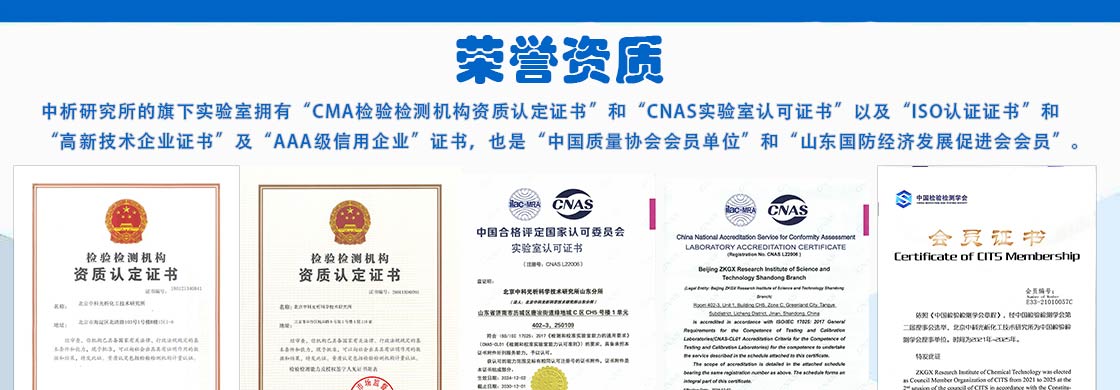
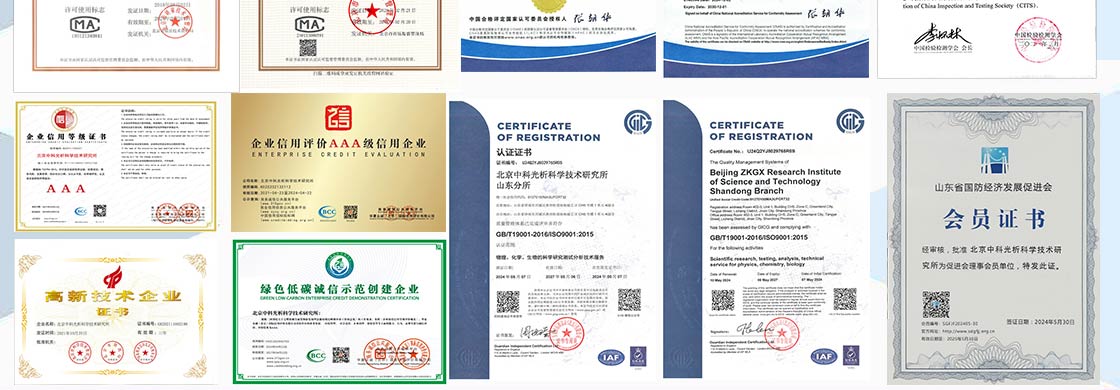
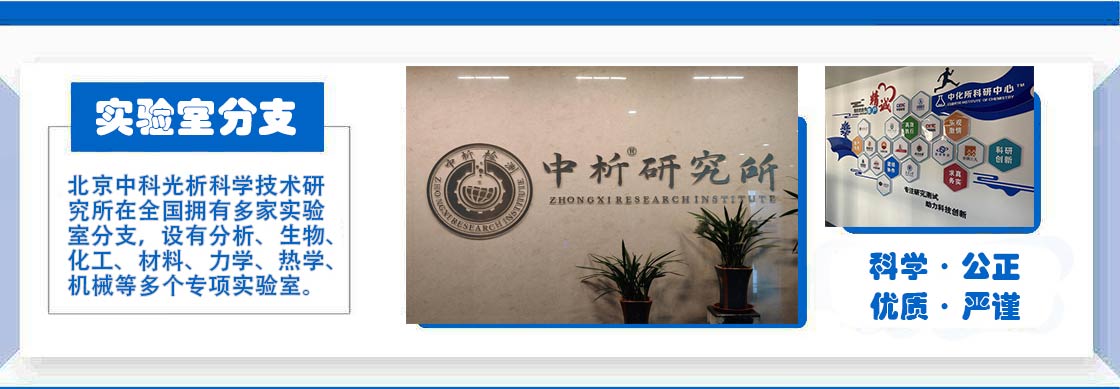
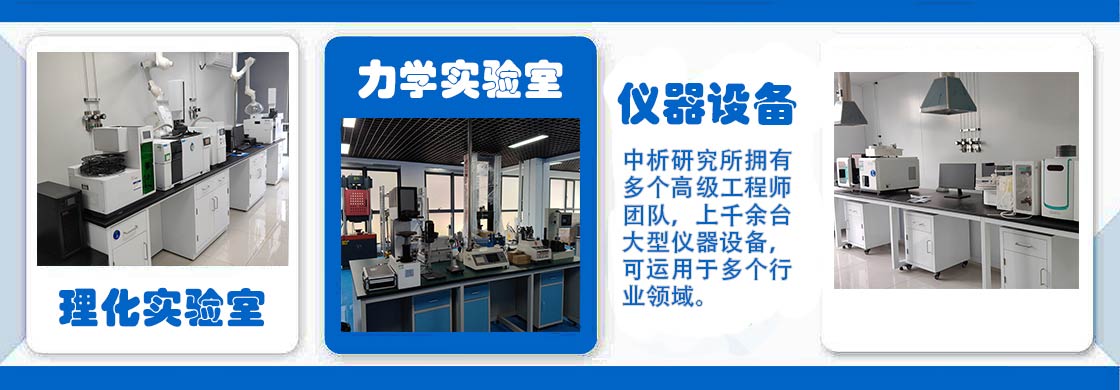
检测实验室(部分)




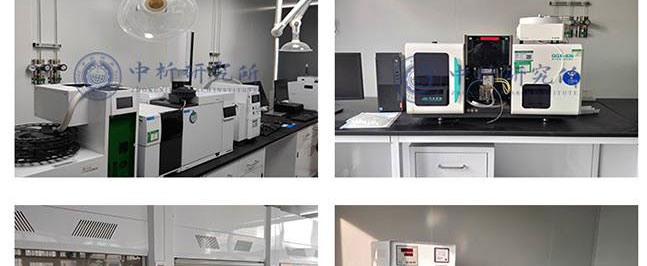


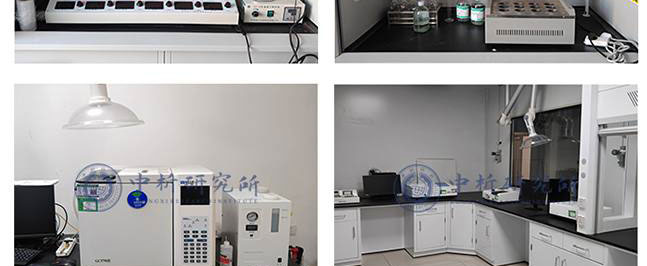

合作客户(部分)





检测报告作用
1、可以帮助生产商识别产品的潜在问题或缺陷,并及时改进生产工艺,保障产品的品质和安全性。
2、可以为生产商提供科学的数据,证明其产品符合国际、国家和地区相关标准和规定,从而增强产品的市场竞争力。
3、可以评估产品的质量和安全性,确保产品能够达到预期效果,同时减少潜在的健康和安全风险。
4、可以帮助生产商构建品牌形象,提高品牌信誉度,并促进产品的销售和市场推广。
5、可以确定性能和特性以及元素,例如力学性能、化学性质、物理性能、热学性能等,从而为产品设计、制造和使用提供参考。
6、可以评估产品是否含有有毒有害成分,以及是否符合环保要求,从而保障产品的安全性。
检测流程
1、中析研究所接受客户委托,为客户提供检测服务
2、客户可选择寄送样品或由我们的工程师进行采样,以确保样品的准确性和可靠性。
3、我们的工程师会对样品进行初步评估,并提供报价,以便客户了解检测成本。
4、双方将就检测项目进行详细沟通,并签署保密协议,以保证客户信息的保密性。在此基础上,我们将进行测试试验.
5、在检测过程中,我们将与客户进行密切沟通,以便随时调整测试方案,确保测试进度。
6、试验测试通常在7-15个工作日内完成,具体时间根据样品的类型和数量而定。
7、出具检测样品报告,以便客户了解测试结果和检测数据,为客户提供有力的支持和帮助。
以上为Unlocking the Secrets of Lignite: A Comprehensive Guide to Lignite Testing的检测内容,如需更多内容以及服务请联系在线工程师。





